Best Subject Lines for Follow-Up Emails in 2024
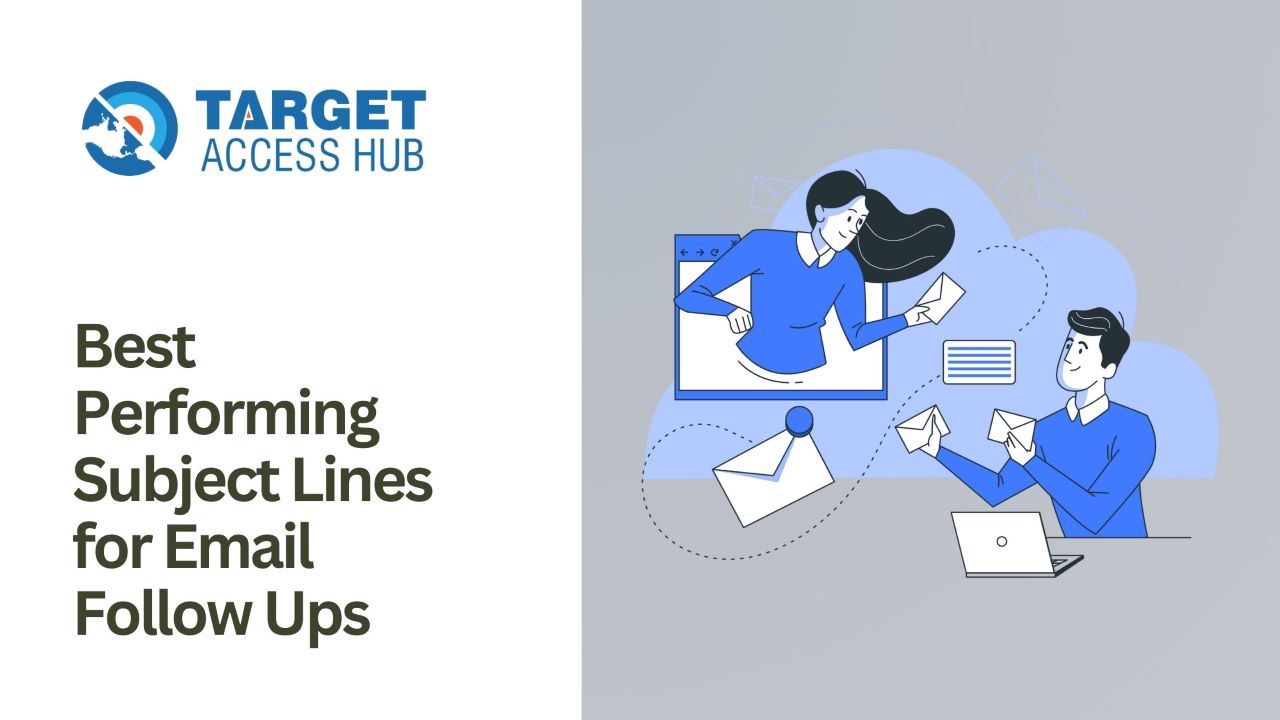
Crafting an effective follow-up email subject line is crucial for several reasons. Firstly, it’s often the deciding factor in whether your email gets opened or ignored. With the average professional receiving dozens, if not hundreds, of emails daily, standing out in a crowded inbox is vital.
A compelling subject line can significantly increase open rates, ensuring that your follow-up email gets the attention it deserves. This is especially important in professional settings where timely responses are critical. Secondly, a good subject line sets the tone for your follow-up email. It can convey professionalism, urgency, and relevance, making the recipient more likely to engage with the content.
For example, a subject line like “Quick Follow-Up on Our Last Meeting” clearly communicates the purpose of your email and prompts the recipient to open it. This is particularly useful in sales, job applications, or any scenario where establishing a quick connection is beneficial.
Finally, subject lines play a role in email deliverability. Emails with vague or misleading subject lines are more likely to be flagged as spam, reducing their chances of being seen. Clear and direct subject lines not only help your email get noticed but also improve its chances of landing in the recipient’s primary inbox. This can make a significant difference in the effectiveness of your email campaigns, ensuring that your messages reach their intended audience.
Key Takeaways
Tips for Writing a Follow-Up Email Subject Line
Here are some tips to nail your email subject lines:
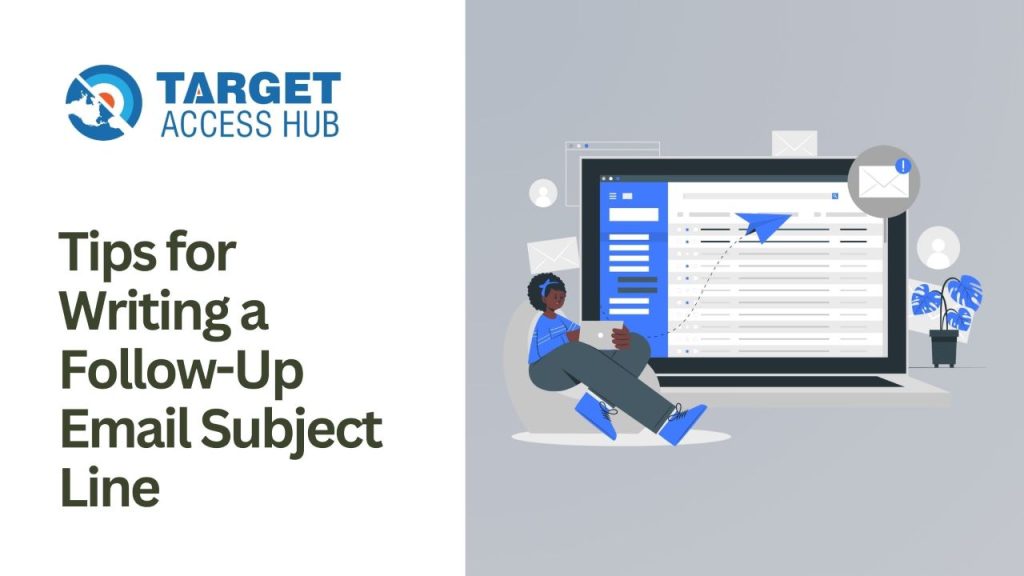
Be Clear and Concise
The best subject lines are those that clearly communicate the purpose of the email without being overly wordy. Ambiguity can lead to your email being ignored or deleted. For instance, instead of “Checking In,” a more specific subject line like “Checking In on Your Budget Proposal” gives the recipient immediate context.
Personalize When Possible
Personalization can significantly increase open rates. Including the recipient’s name or referencing a specific detail from a previous interaction makes the email feel more relevant and less like a mass email. For example, “John, Following Up on Our Marketing Discussion” is more engaging than a generic follow-up subject line.
Create a Sense of Urgency
Subject lines that convey urgency can prompt quicker responses. Phrases like “Immediate Attention Needed” or “Quick Question” suggest that the email content is time-sensitive. However, it’s important to use urgency judiciously to avoid coming off as pushy. Balancing urgency with politeness ensures that your email prompts action without annoying the recipient.
Highlight Value
Indicating the benefit or importance of your email in the subject line can pique the recipient’s interest. A subject line like “How We Can Help Improve Your ROI” clearly states the potential value to the recipient, making them more likely to open and read the email.
Keep it Short
With many people reading emails on mobile devices, shorter subject lines are more effective. Aim for subject lines under 50 characters to ensure they are fully visible. A concise subject line like “Meeting Follow-Up” is more likely to catch the recipient’s eye compared to a longer, more complicated one.
Examples of Follow-Up Email Subject Lines
Crafting effective follow-up email subject lines requires a balance of clarity, personalization, and relevance. Here are some examples to inspire your next follow-up email campaign:
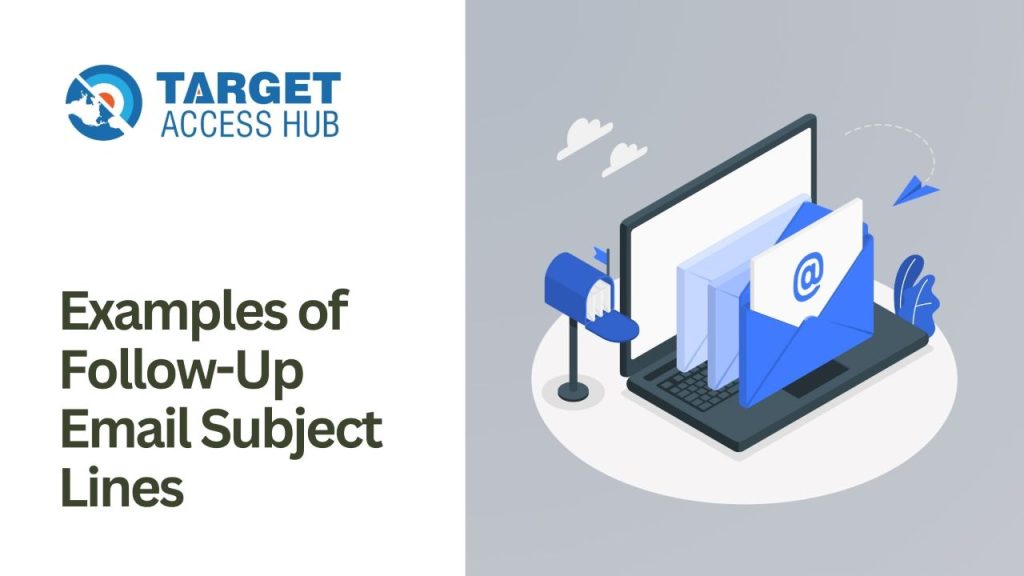
- “Just Checking In”: This simple subject line is effective for casual follow-ups where a more relaxed tone is appropriate.
- “Following Up on Our Conversation”: This subject line is direct and reminds the recipient of your previous interaction, making it clear why you’re reaching out again.
- “Next Steps?”: Short and to the point, this subject line encourages the recipient to think about the next actions required.
- “Have You Had a Chance to Review?”: This line is perfect for following up on a proposal or document you’ve previously sent.
- “Quick Question About [Topic]”: Personalizing the subject line with a specific topic increases its relevance and prompts curiosity.
- “Can We Schedule a Quick Call?”: This subject line clearly indicates the action you’re hoping for and suggests a brief commitment.
- “Your Feedback is Important”: Emphasizing the importance of the recipient’s input can encourage them to respond.
- “Thoughts on Our Proposal?”: This subject line is a gentle nudge, reminding the recipient that you’re waiting for their feedback.
- “Do You Have Any Questions?”: Offering to answer questions shows your willingness to help and can prompt a response.
- “Circling Back”: A polite way to follow up, indicating that you’re revisiting a previous conversation.
Does Your Follow-Up Email Subject Line Matter?
Absolutely, your follow-up email subject line matters a great deal. The subject line is often the first thing recipients see, and it plays a crucial role in determining whether they will open your email or move on to the next one. An effective subject line captures attention and piques curiosity, increasing the likelihood that your email will be opened and read.
In a busy inbox, a well-crafted subject line can be the difference between engagement and being ignored. Furthermore, the subject line sets the tone for the entire email. It gives the recipient a preview of what to expect, which can influence their perception and response. For instance, a subject line like “Important Update on Our Project” signals that the content is relevant and worth their time, whereas a vague subject line may be overlooked.
Consistency in the quality of your subject lines can build a positive reputation, making recipients more likely to open your future emails. Finally, the subject line can impact your email’s deliverability. Emails with spam or misleading subject lines are more likely to be filtered into the junk folder. Using clear, direct, and honest subject lines improves your email’s chances of landing in the primary inbox.
This not only boosts open rates but also enhances your overall email campaign effectiveness. Ensuring your emails are seen by the right people is very important for maintaining strong communication and achieving your follow-up goals.
Effective Follow-Up Email Best Practices for Better Response Rates
When you send your follow-up emails can greatly impact their effectiveness. Research shows that mid-morning or early afternoon are generally the best times to send emails, as recipients are more likely to be checking their inbox during these periods. Avoid sending emails late at night or during weekends unless absolutely necessary.
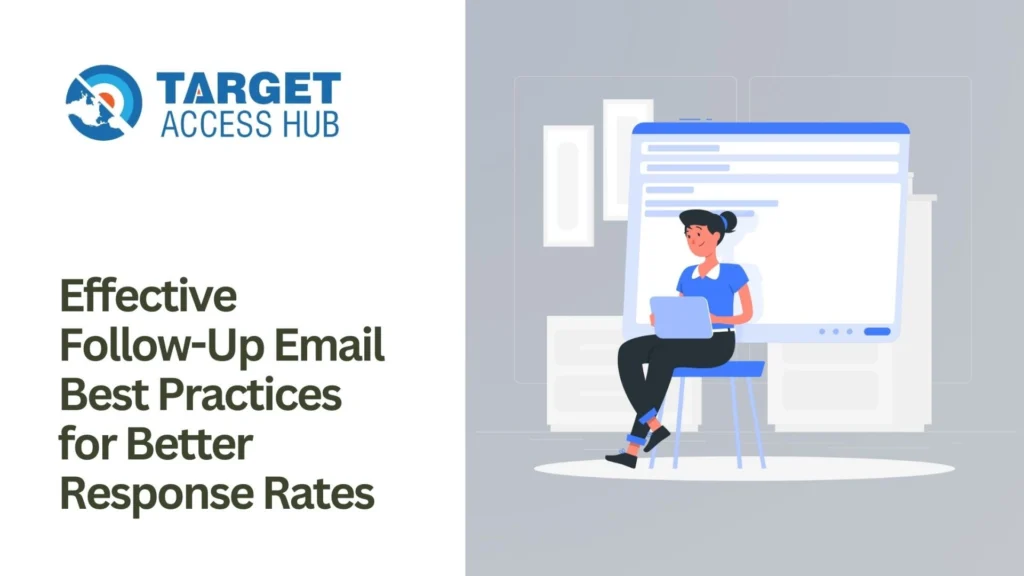
Timing your follow-up emails for when the recipient is likely to be most receptive can significantly increase your chances of a response. It’s important to follow up persistently but without being overly aggressive. If you haven’t received a response, it’s okay to send multiple follow-ups, but space them out appropriately.
A good rule of thumb is to wait at least 48-72 hours between follow-ups. Each email should be polite, respectful, and offer value. For example, “I wanted to follow up on my previous email to see if you had any questions about the proposal I sent last week.” Be aware that every follow-up email should offer something of value to the recipient. This could be new information, a useful resource, or a compelling reason to respond.
For instance, including a relevant article, a case study, or an insightful comment related to the recipient’s interests can make your follow-up email more engaging and worthwhile. Value-driven emails demonstrate that you’re not just seeking a response but are genuinely interested in providing beneficial information. Follow-up emails should be concise and to the point.
The recipient’s time is valuable, so respect it by quickly getting to the purpose of your email. A brief follow-up like “Just wanted to check if you had a chance to review our proposal and if you have any feedback or questions” is often more effective than a long, detailed message. Brevity ensures that your main points are not lost and makes it easier for the recipient to respond.
Also, make it easy for the recipient to know what you want from them. Whether it’s scheduling a meeting, providing feedback, or answering a question, be explicit about the next steps. A clear call to action like “Can we schedule a call this week to discuss further?” or “Please let me know if you need any more information” guides the recipient on how to respond and can improve your chances of getting a reply.
40 Follow-Up Email Subject Line Examples
Crafting the perfect subject line can be challenging, but here are 40 examples to get you started:
- “Just Checking In”
- “Following Up on Our Conversation”
- “Next Steps?”
- “Have You Had a Chance to Review?”
- “Quick Question About [Topic]”
- “Can We Schedule a Quick Call?”
- “Your Feedback is Important”
- “Thoughts on Our Proposal?”
- “Do You Have Any Questions?”
- “Circling Back”
- “Are You Available for a Quick Chat?”
- “Looking Forward to Your Response”
- “Re: Our Meeting Last Week”
- “A Quick Follow-Up”
- “How Can We Help?”
- “Did You Receive My Last Email?”
- “Regarding Our Last Discussion”
- “Let’s Connect Again”
- “Any Updates?”
- “Following Up on My Last Email”
- “Still Interested?”
- “Checking In on Your Decision”
- “Did You Have Time to Review?”
- “Re: Your Interest in [Topic]”
- “Quick Reminder”
- “Update on [Topic]”
- “Are We Still On?”
- “Can We Reschedule?”
- “Last Call for [Opportunity]”
- “Let’s Touch Base”
- “Following Up on Your Request”
- “Did You Get My Message?”
- “A Friendly Reminder”
- “Looking for Your Feedback”
- “Next Steps on [Project]”
- “We Missed You!”
- “Have Any Questions?”
- “Can We Chat?”
- “Reconnecting”
- “Is This a Good Time?”
Best Performing Subject Lines for Email Follow Ups
Identifying the best performing subject lines involves understanding what resonates most with your audience. Some subject lines consistently achieve higher open rates due to their clarity, relevance, and emotional appeal. Subject lines that perform well often include elements of personalization, urgency, and value proposition.
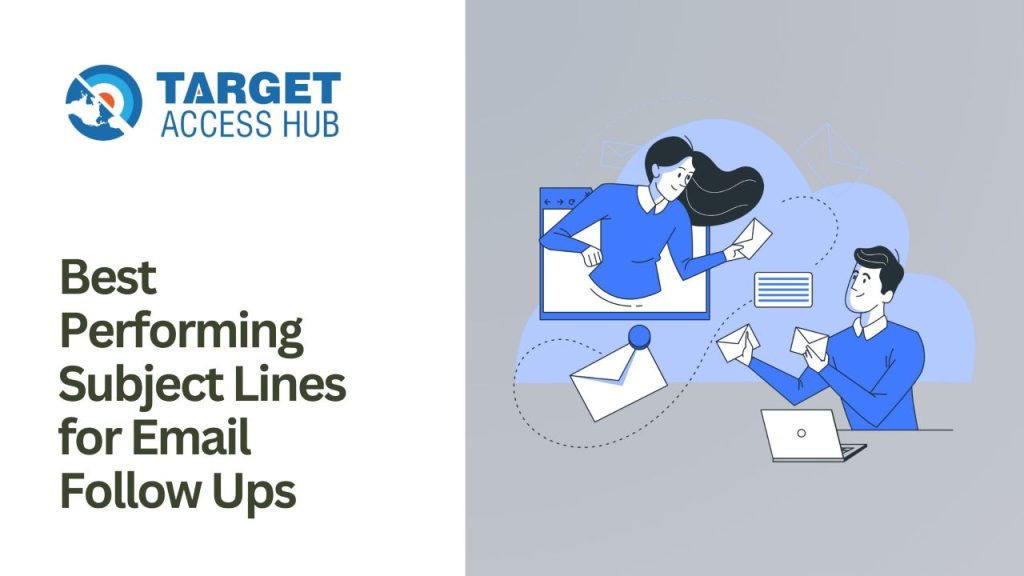
For instance, subject lines like “Quick Question” or “Following Up on Our Last Meeting” tend to perform well because they are direct and remind the recipient of a specific interaction. Personalized subject lines such as “John, Your Input Needed” also see higher engagement because they feel more tailored and relevant to the individual.
Subject lines that imply urgency or importance, such as “Immediate Attention Needed” or “Response Required by [Date],” can also boost open rates. However, it’s crucial to use such tactics judiciously to avoid coming across as overly aggressive or spammy. Balancing urgency with politeness and relevance ensures that your follow-up emails are opened and read without alienating the recipient.
15 Sales Follow-Up Email Templates
Here are a few of the best sales follow up emails we recommend for optimized results:
- Template for Initial Follow-Up After a Meeting:
Subject: “Following Up on Our Recent Discussion”
Body: “Hi [Name], I hope this message finds you well. I wanted to follow up on our meeting last [Day] regarding [Topic]. Do you have any further questions or need additional information to move forward? Looking forward to your response. Best, [Your Name]”
- Template for Follow-Up After Sending a Proposal:
Subject: “Have You Had a Chance to Review Our Proposal?”
Body: “Hi [Name], I hope you’re doing well. I wanted to check in and see if you’ve had a chance to review the proposal I sent over last week. If you have any questions or need more details, please let me know. Best regards, [Your Name]”
- Template for No Response:
Subject: “Just Checking In”
Body: “Hi [Name], I hope you’re well. I wanted to follow up on my previous email regarding [Topic]. If you’re still interested, I’d be happy to discuss further. Please let me know a convenient time for you. Best, [Your Name]”
- Template for Scheduling a Call:
Subject: “Can We Schedule a Quick Call?”
Body: “Hi [Name], I hope this email finds you well. I’d love to schedule a quick call to discuss [Topic] further. Are you available for a call this week? Looking forward to hearing from you. Best, [Your Name]”
- Template for Offering Additional Resources:
Subject: “Additional Resources on [Topic]”
Body: “Hi [Name], I thought you might find these additional resources on [Topic] helpful. Please let me know if you have any questions or would like to discuss further. Best regards, [Your Name]”
- Template for Confirming Interest:
Subject: “Still Interested in [Topic]?”
Body: “Hi [Name], I wanted to check in to see if you’re still interested in [Topic]. If so, I’d be happy to provide more information or answer any questions you might have. Best, [Your Name]”
- Template for Follow-Up After a Trade Show or Event:
Subject: “Great Meeting You at [Event]!”
Body: “Hi [Name], It was great meeting you at [Event]. I wanted to follow up on our conversation about [Topic]. Please let me know if you have any questions or would like to continue our discussion. Best, [Your Name]”
- Template for Re-engaging Cold Leads:
Subject: “Long Time No Talk!”
Body: “Hi [Name], It’s been a while since we last connected. I wanted to touch base and see if you’re still interested in [Topic]. Let me know if there’s anything I can assist with. Best regards, [Your Name]”
- Template for Offering a Discount or Promotion:
Subject: “Exclusive Offer, Just for You”
Body: “Hi [Name], I wanted to let you know about a special offer we’re currently running on [Product/Service]. If you’re interested, please let me know, and I’d be happy to provide more details. Best, [Your Name]”
- Template for Gathering Feedback:
Subject: “Your Feedback is Important to Us”
Body: “Hi [Name], We value your feedback on [Topic]. If you have a few minutes, we’d love to hear your thoughts. Please let us know how we can improve. Best, [Your Name]”
- Template for Following Up After a Demo:
Subject: “Thoughts on the Demo?”
Body: “Hi [Name], I hope you found the demo of [Product/Service] useful. Do you have any questions or need further information? I’d be happy to assist. Best regards, [Your Name]”
- Template for Reaffirming Benefits:
Subject: “How [Product/Service] Can Benefit You”
Body: “Hi [Name], I wanted to highlight some key benefits of [Product/Service] that might be particularly useful for you. Let me know if you’d like to discuss further. Best, [Your Name]”
- Template for Follow-Up on a Free Trial:
Subject: “How’s Your Free Trial Going?”
Body: “Hi [Name], I hope you’re enjoying your free trial of [Product/Service]. If you have any questions or need assistance, please don’t hesitate to reach out. Best regards, [Your Name]”
- Template for Urging Immediate Action:
Subject: “Immediate Action Required on [Topic]”
Body: “Hi [Name], I wanted to remind you about the upcoming deadline for [Topic]. Please let me know if you need any additional information or assistance. Best, [Your Name]”
- Template for Following Up After a Webinar:
Subject: “Thanks for Attending Our Webinar!”
Body: “Hi [Name], Thank you for attending our recent webinar on [Topic]. I wanted to follow up and see if you had any questions or would like further information. Best, [Your Name]”
Conclusion
Effective follow-up email subject lines are critical for ensuring that your messages are opened and read. With these strategies and examples, you’re well-equipped to craft compelling follow-up emails that get results.
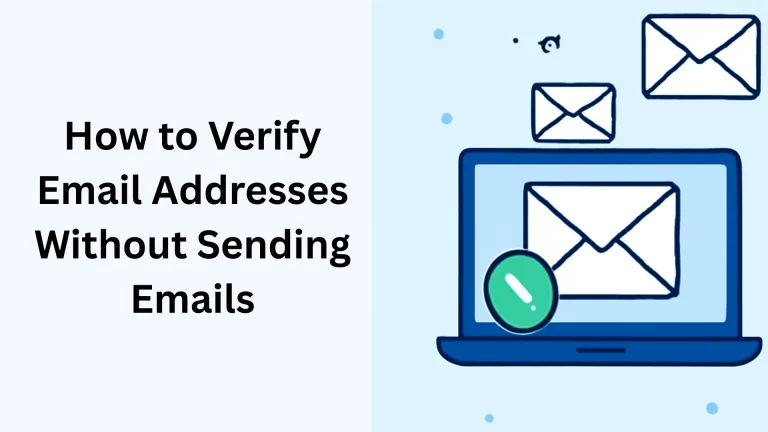
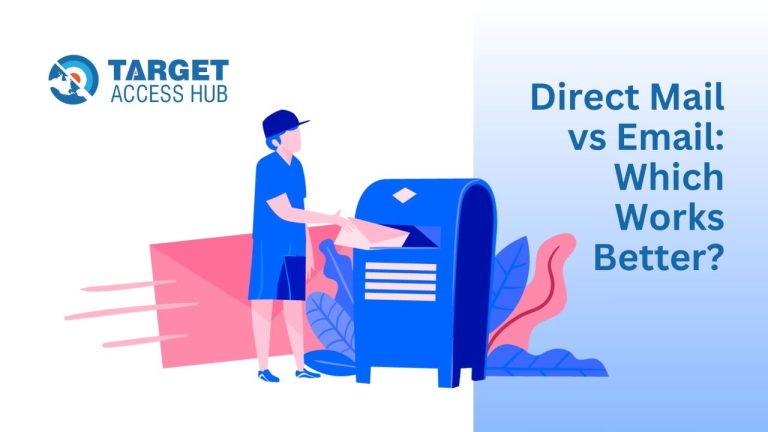
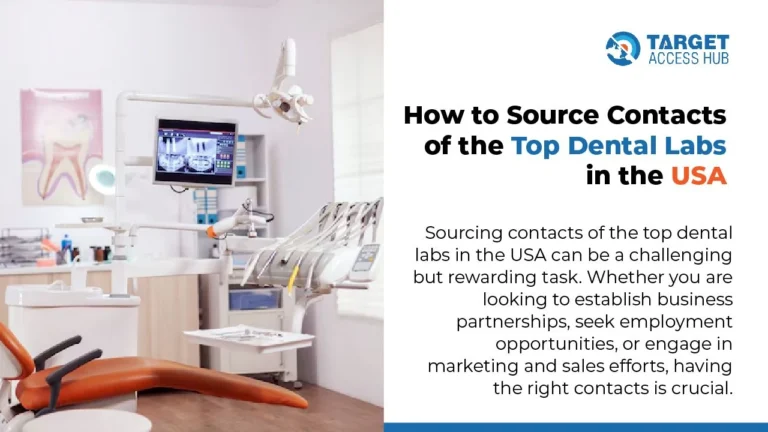
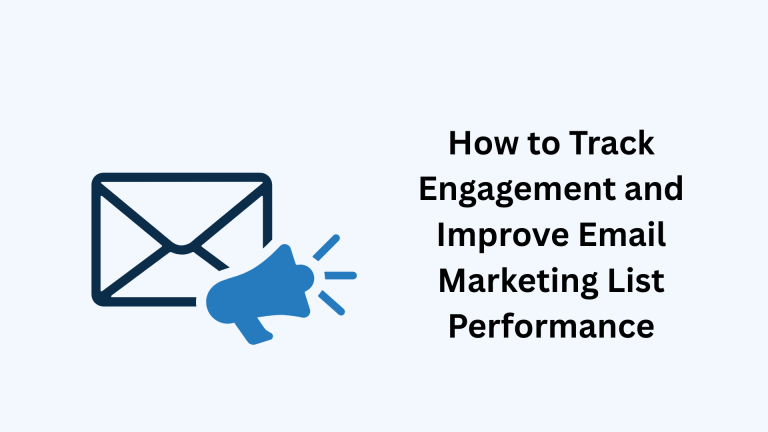
![Partnership Emails: Best Practices & [With Email Templates]](https://targetaccesshub.com/wp-content/uploads/2024/01/Partnership-Emails-Best-Practices-With-Email-Templates-768x384.webp)
